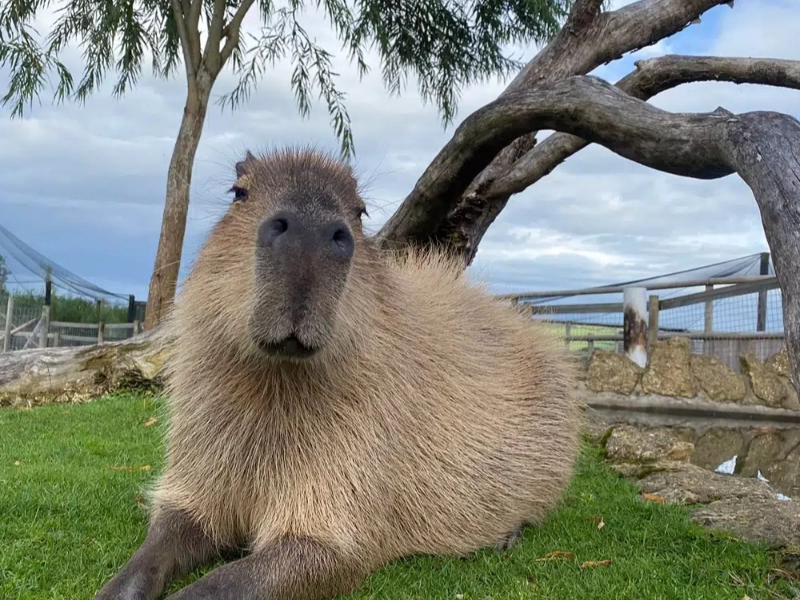With its unusual behaviors and social dynamics, the capybara, the biggest rodent in the world, is an amazing species that still enthralls experts in both science and entertainment. Native to South America, these amazing semi-aquatic mammals have an assortment of unexpected behaviors that make them among the most fascinating species in the animal world. From their complex social systems to their peculiar eating habits, these gentle giants have evolved amazing adaptations to guarantee their survival and highlight their great intelligence.
1. Underwater Breathing Masters

Usually lasting up to five minutes, capybaras have evolved an amazing capacity to stay underwater for long stretches. Their unusual anatomical traits— nose and eyes high on their heads—allow them to keep awareness of their environment when mostly submerged, hence enabling this amazing adaption. Their bodies have developed specific muscular control that lets them greatly reduce their heart rate underwater, therefore preserving oxygen and increasing their diving time. From avoiding predators to searching for aquatic vegetation and controlling their body temperature in hot areas, this skill fulfills several roles. Young capybaras have been seen to start developing this ability from a young age, progressively increasing their underwater endurance during lighthearted diving excursions.
